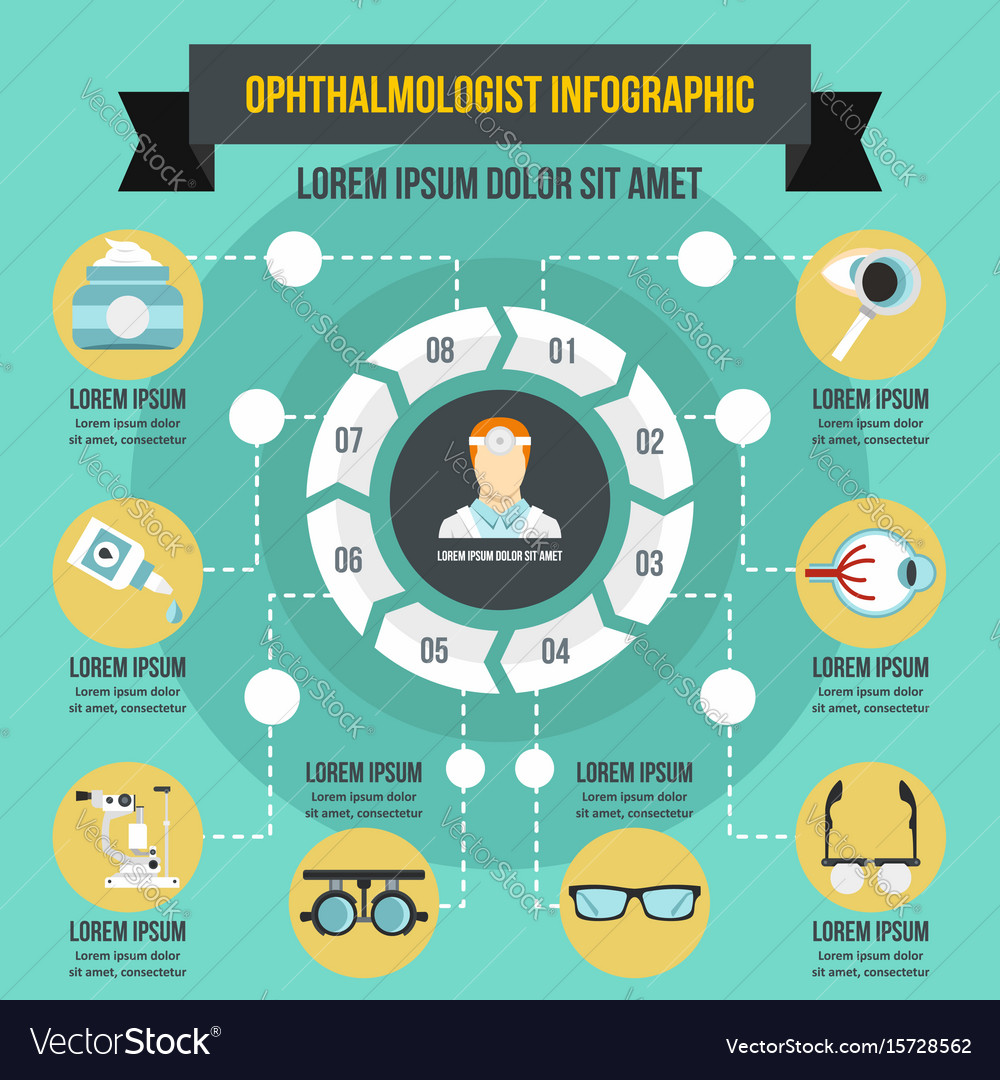Contrasting Standard And Modern Approaches To Treating Glaucoma
Contrasting Standard And Modern Approaches To Treating Glaucoma
Blog Article
Content By-Hartvig Potter
Did you recognize that the development of glaucoma treatment techniques covers centuries, including both standard remedies and advanced developments? From Custom LASIK Vs Traditional LASIK to sophisticated Minimally Invasive Glaucoma Surgical procedure strategies, the spectrum of alternatives is large. As you look into the complexities of standard versus ingenious techniques, you may uncover unusual insights that test traditional point of views on treating this common eye problem.
Historic Advancement of Glaucoma Treatments
The historical development of glaucoma therapies dates back to old civilizations where numerous remedies were made use of to manage the condition. In ancient Egypt, as an example, treatments involved a combination of honey, fat, and sour milk applied to the eyes. cataract surgery before vitrectomy and Romans likewise contributed to early glaucoma treatments with a concentrate on topical applications and dietary treatments. Throughout background, varied societies created special approaches to alleviate the symptoms of glaucoma, often rooted in organic solutions and superstitious notions.
As time proceeded, improvements in medical understanding caused more systematic techniques to treating glaucoma. Between Ages, Arabic scholars made substantial contributions by studying the makeup of the eye and creating surgical techniques to deal with eye problems. These early developments laid the foundation for modern-day glaucoma treatments that we have actually today. Recognizing the historic context of glaucoma treatments gives important understandings right into the constant progression and improvement of clinical techniques over the centuries.
Comparison of Standard Approaches
In comparing conventional approaches for dealing with glaucoma, take into consideration the historic contexts and efficiency of different solutions.
Typical treatments for glaucoma have advanced over centuries, from ancient practices like making use of honey and red wine to extra current innovations such as eye drops and surgical procedures. Historically, treatments like the application of leeches or herbal concoctions were utilized to relieve symptoms, however their efficiency was limited.
As time advanced, strategies like iridectomy, where a part of the iris is eliminated, came to be popular for decreasing intraocular stress. Some traditional techniques, like making use of oral medications to lower eye stress, have actually stood the test of time and are still used today. Nevertheless, these therapies usually include side effects and might not be as reliable as modern options.
It's essential to weigh the historical significance of standard glaucoma therapies against their efficiency in the context of present clinical innovations.
Analysis of Innovative Treatment Strategies
Taking into consideration the evolving landscape of glaucoma therapy, cutting-edge methods are reinventing the method this eye problem is taken care of.
One notable development is minimally invasive glaucoma surgical procedure (MIGS), which supplies a less invasive choice to standard surgical procedures. MIGS aims to reduce intraocular pressure by enhancing the eye's all-natural drainage system, resulting in fewer problems and faster healing times compared to traditional surgeries.
Additionally, the growth of sustained-release drug delivery systems has supplied a more reliable way to provide glaucoma drug. These systems can release medication gradually over a prolonged duration, improving individual adherence and lowering the regularity of eye drops.
In addition, arising technologies like selective laser trabeculoplasty (SLT) provide a non-invasive choice for reducing intraocular pressure by targeting specific cells in the eye's water drainage system.
Conclusion
As you reflect on the evolution of glaucoma therapies, you can see exactly how traditional methods have paved the way for ingenious approaches to emerge.
From old treatments to modern-day developments, the journey of treating this facility eye condition has been like a rollercoaster trip.
Yet with brand-new strategies like MIGS and sustained-release drug distribution, the future looks brighter than ever before for patients seeking effective and less intrusive services.
